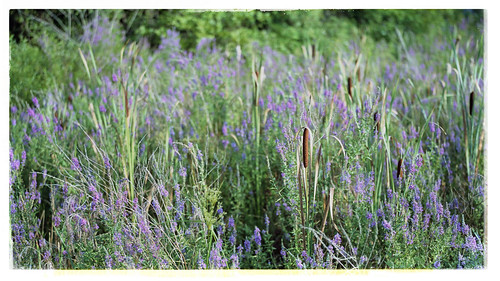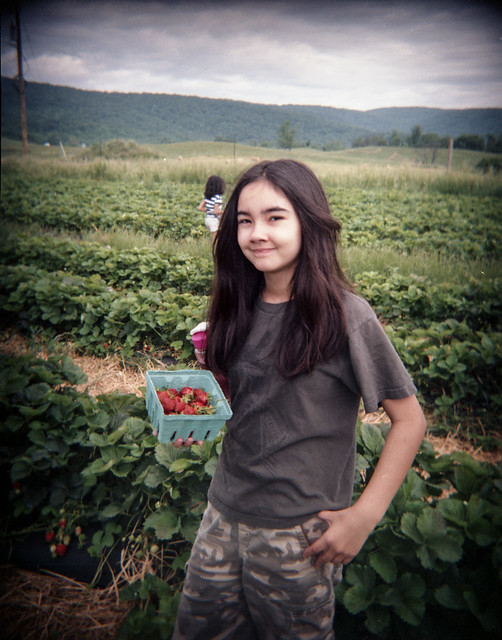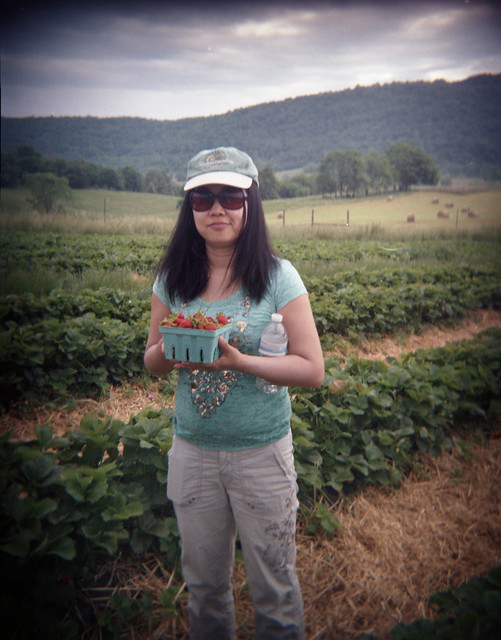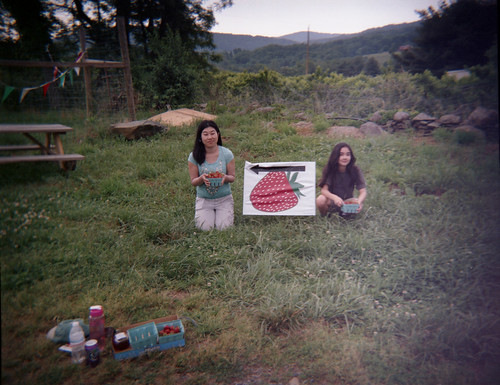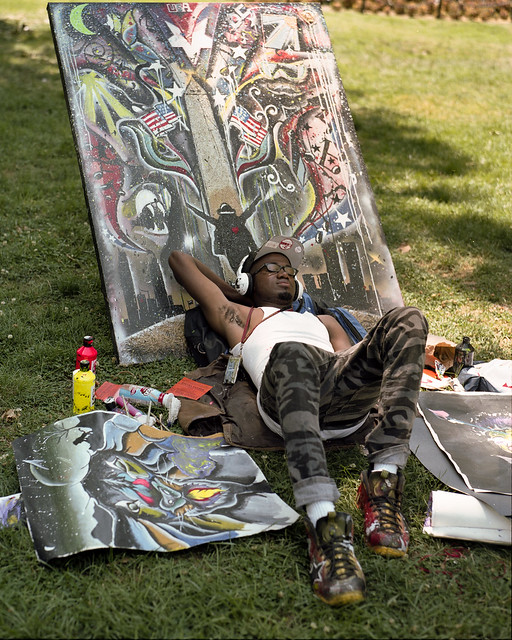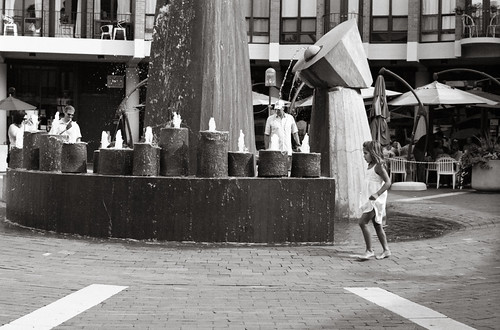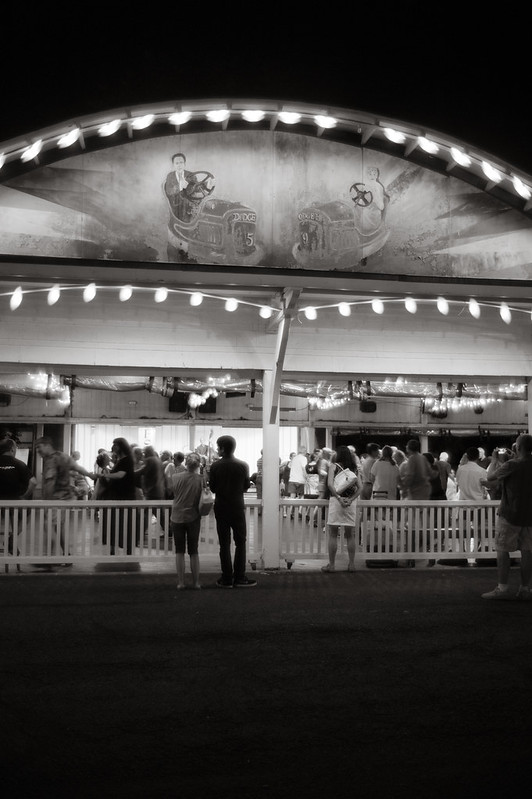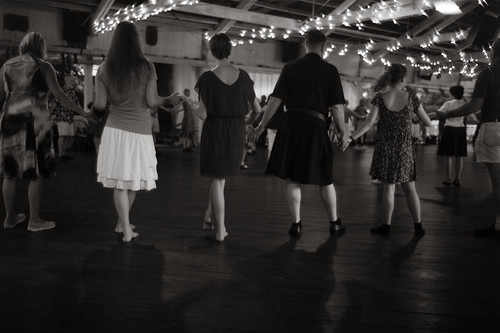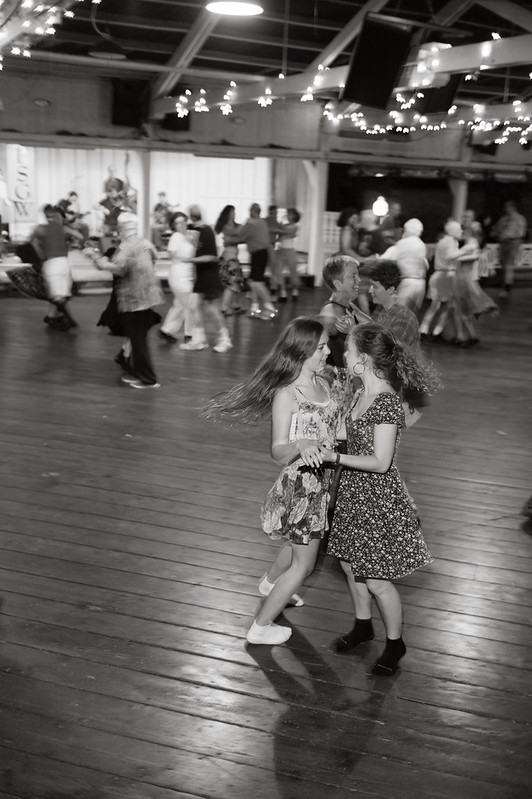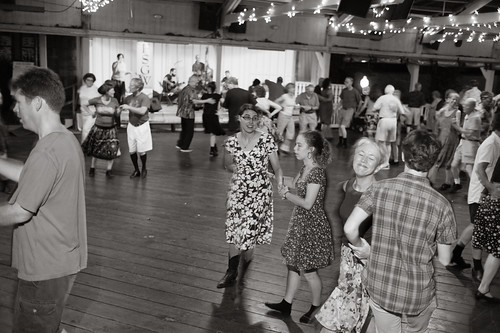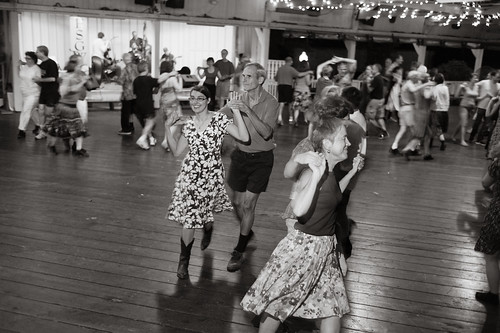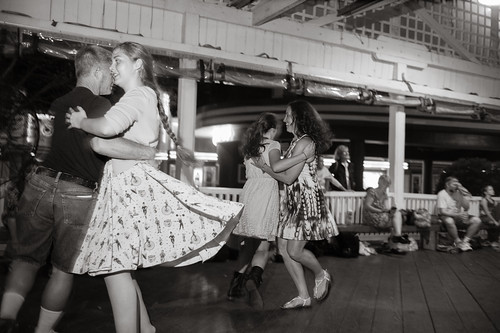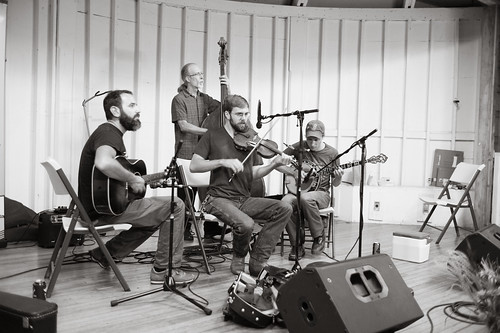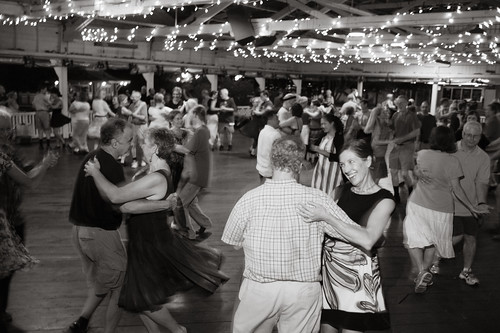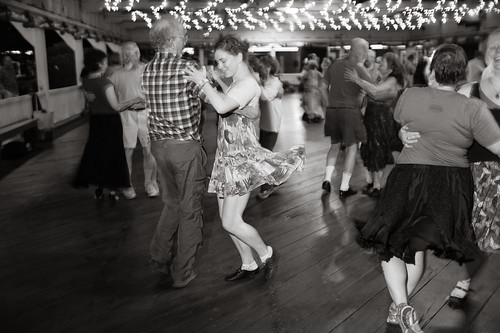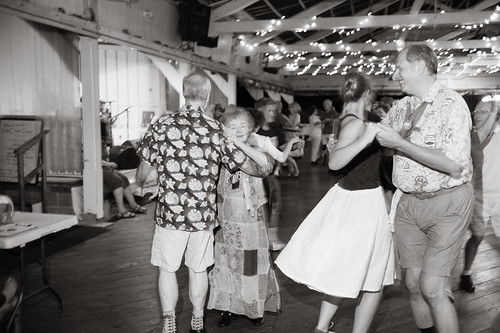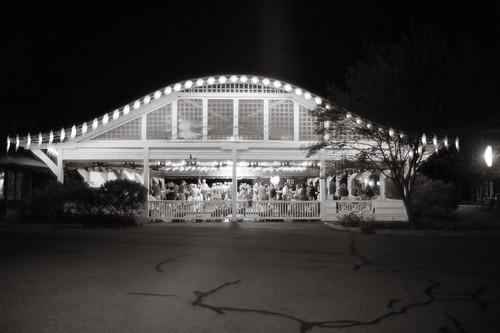DMC-365 focuses on creative photography equipment, techniques, and approaches. I believe that equipment is part of the creative process. I use Leica, Panasonic Lumix, Nikon and other cameras, both digital and film. On DMC-365, you can expect to see a lot of my own work, as well as work by others that I find interesting. I share methods, equipment developments, and creative approaches to photography.
Tuesday, September 30, 2014
The Mask
Monday, September 29, 2014
Watermelon Park Fest 2014 - Mandolin Players Extraordinaire!
Sunday, September 28, 2014
Street Art, on Film With Leica IIIC and Summaron 3.5cm f3.5 Lens
Saturday, September 27, 2014
Nice Summary of Six Years of Micro 4/3 on m43photo.blogspot.com
Friday, September 26, 2014
Tangible Artifacts of the Photographic Process
Thursday, September 25, 2014
Next Move, Mamiya Universal Press
Wednesday, September 24, 2014
Impromptu Portrait Session - an Add-On to my Magnum Workshop Experience
Tuesday, September 23, 2014
Glen Craig's Photos of The Man - Miles Davis
Monday, September 22, 2014
Monarch Butterflies - Our Waystation Worked!
Sunday, September 21, 2014
Travel Day - Made it to Provincetown for Magnum Days
Don't forget my delay in posting; by the time this posts, I'll be back in Virginia, hopefully with lots of new ideas, techniques, and creative directions! I'll post every day while I'm here, even though they have a very busy schedule planned for us.
Saturday, September 20, 2014
More Street Portraits With the Mamiya Universal Press (MUP)
Friday, September 19, 2014
Medium Format Cameras for Street Photography?
Thursday, September 18, 2014
Leica Brings Out a New FILM M! Yes! The M-A.

Wednesday, September 17, 2014
Panasonic Lumix LX100 is Here! Micro 4/3 Sensor is a Huge Upgrade from the LX7.
Tuesday, September 16, 2014
Some Promo Shots for My Friends, Dry Mill Road
Sunday, September 14, 2014
Is That New Panasonic LX Series Camera Really Coming?
Merlin the Dog, Mamiya Universal
Saturday, September 13, 2014
Evan Leavitt's Doing Instant Photography Now
Friday, September 12, 2014
Time to Make My Portfolios
- Don't include multiple images that are too similar or obviously taken in the same session. It can make it look like you're indecisive or incapable of editing your work.
- Stick to either landscape or portrait orientation within a series of images. This is a tough one for me.
- Don't pad your portfolio with less than the best images, ever.
- Every image should evoke a "Wow" from viewers, without the need for explanation.
- Your portfolio should focus on a subject; that should be the subject you'd love to be paid to photograph.
- Your goal is not to show competency as a photographer; it's to show creativity as an artist.
- Use mini-sequences within your portfolio. A simple three image sequence should follow this outline: create an expectation (1st image), establish a pattern (2nd), and provide a surprise or thrill (3rd).
- In most cases, a real print still rules. However, in a pinch, an electronic portfolio can be acceptable.
Thursday, September 11, 2014
Small Town Scenes, Brunswick, Maryland
Mamiya Universal Press Camera, Kodak Tmax 100 Film
As I've said before, I am thoroughly enjoying the MUP. I shot a total of about eight images (a full roll of 120 film at 6x9 format) in an hour. That's pretty fast for the MUP. It felt pretty fast for such a quiet day in Brunswick as well.
DMC-365.blogspot.com
Wednesday, September 10, 2014
Mamiya Universal Current Users? Not Many That I Can Find...
Tuesday, September 9, 2014
My Mamiya Universal Kit
- Mamiya Universal Body
- Normal Lens: 100mm f3.5 with hood and caps
- Wide Angle Lenses: 65mm f6.3 and 50mm f6.3, both with accessory finders (pictured), caps, 50mm hood
- Telephoto Lens: 150mm f5.6 with hood and caps
- Polaroid Film Backs: M80 (obsolete) and Pack Film Back
- Roll Film Backs: 6x9 (2) and 6x7, all for 120 film
- Ground glass focusing back and several cut sheet film holders
- Assorted 55mm filters and additional cable release
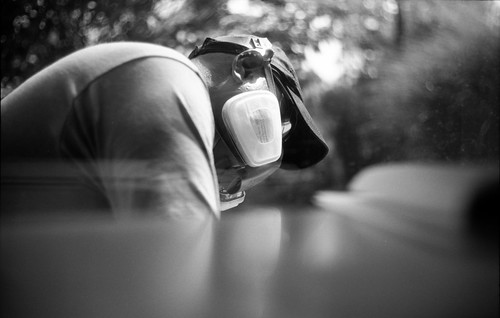
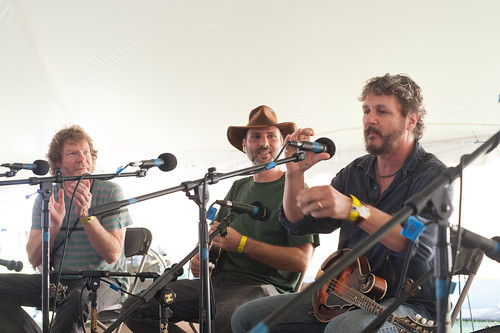
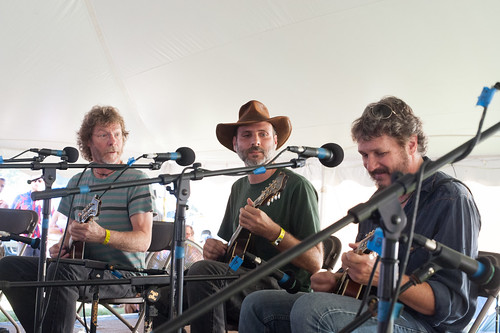
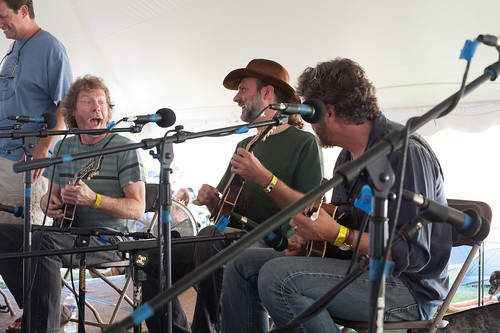
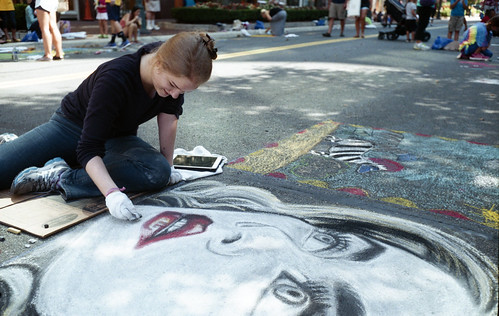
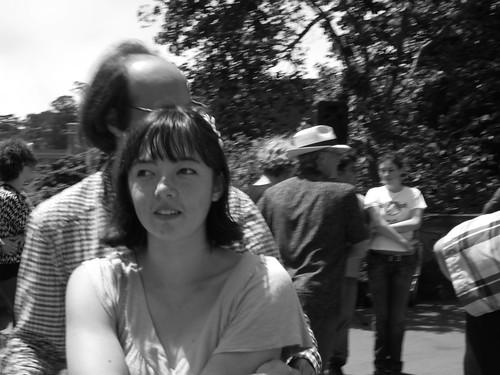
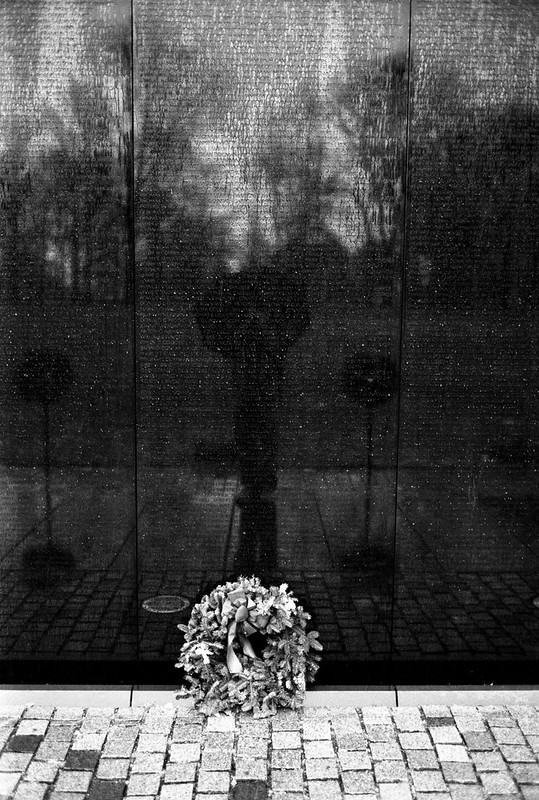
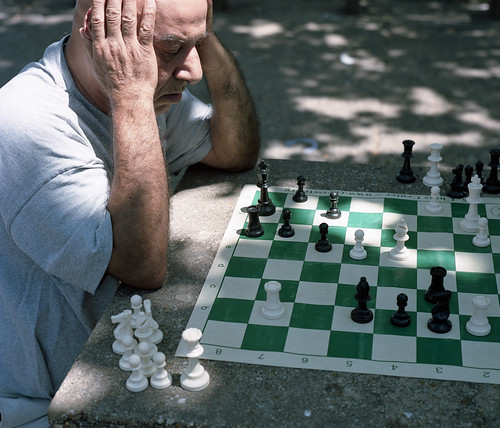
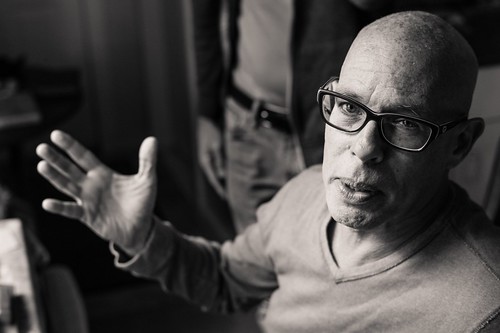
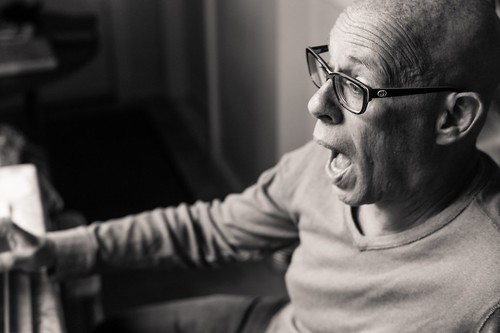
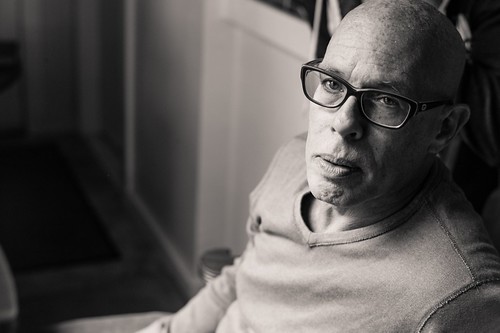
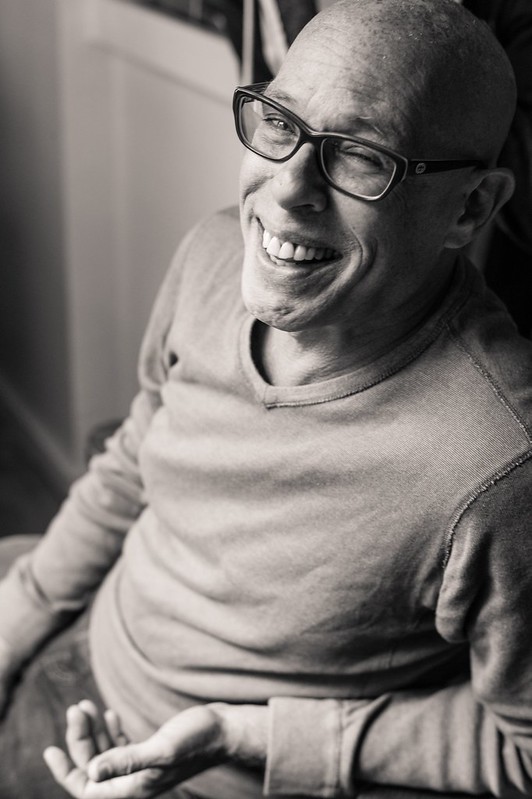

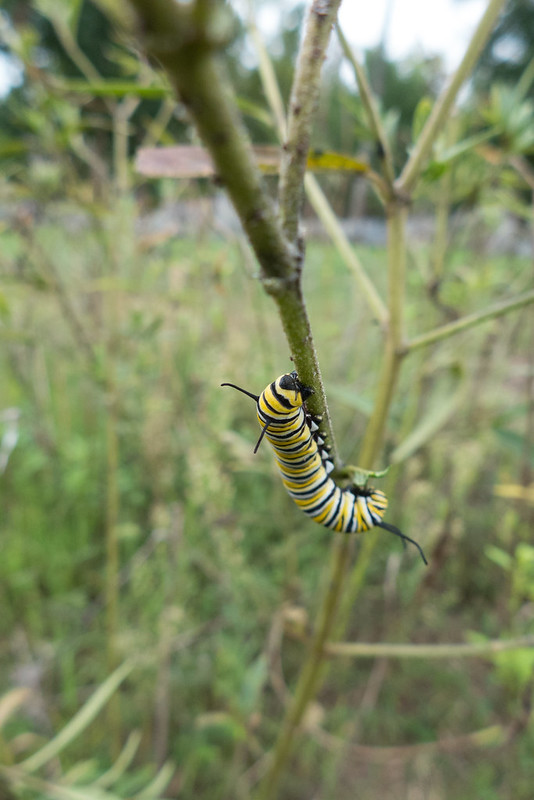
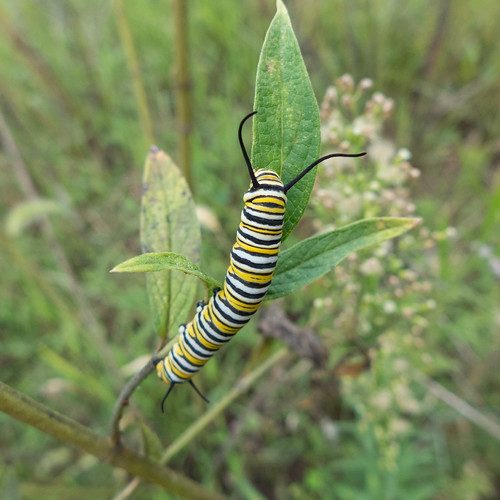
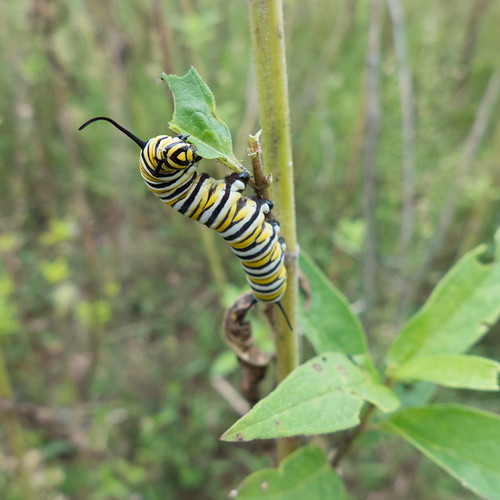
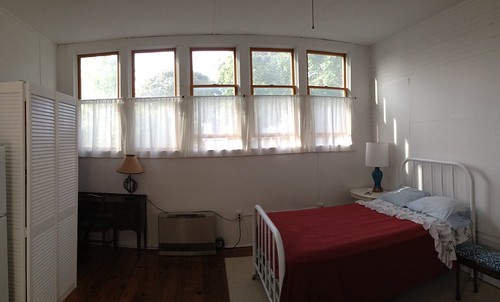
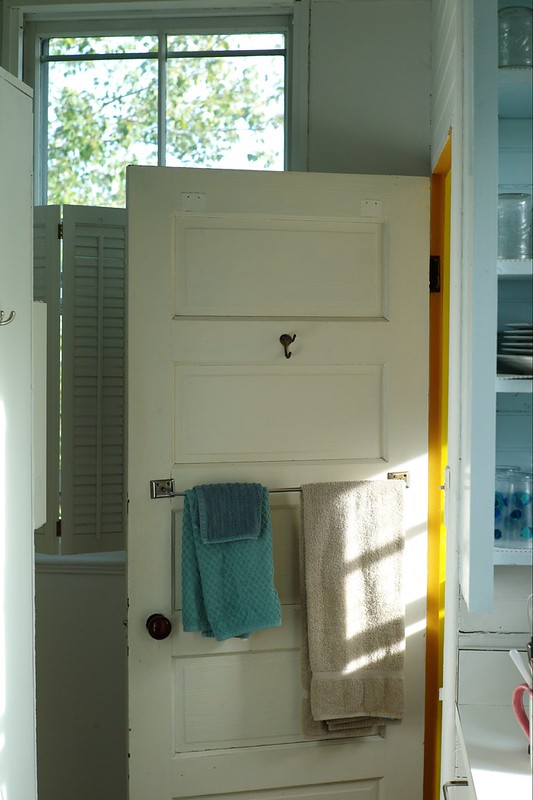
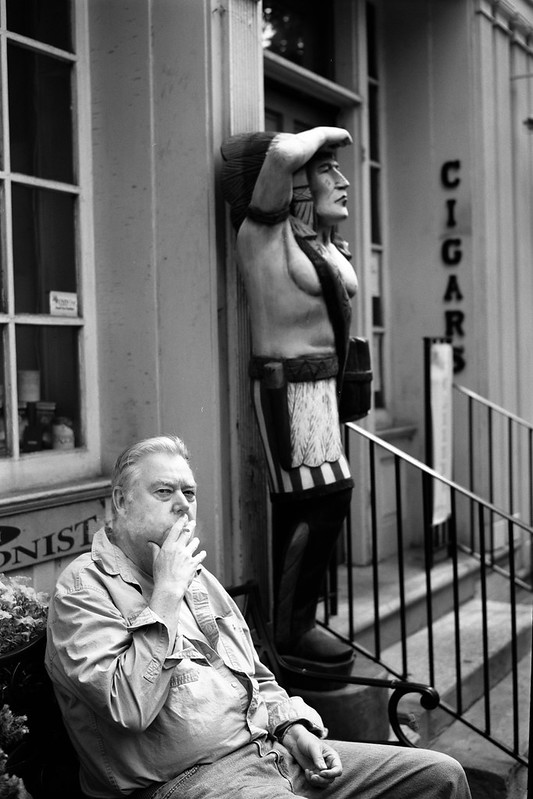
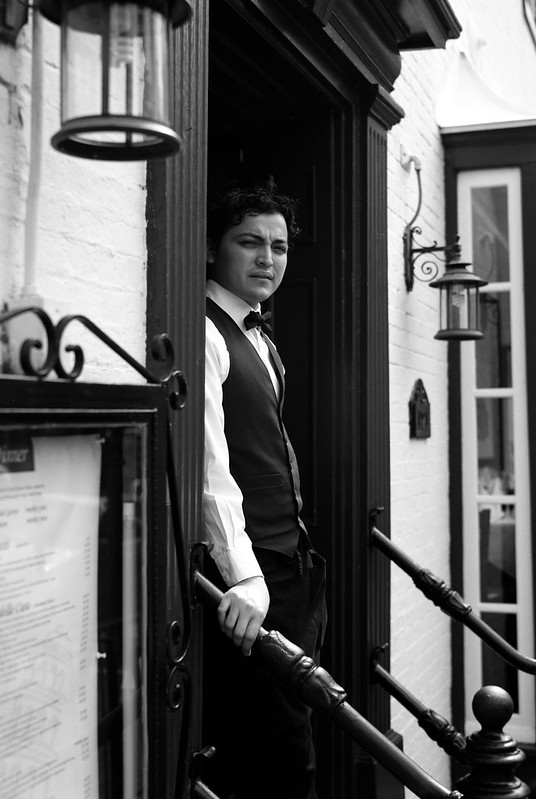
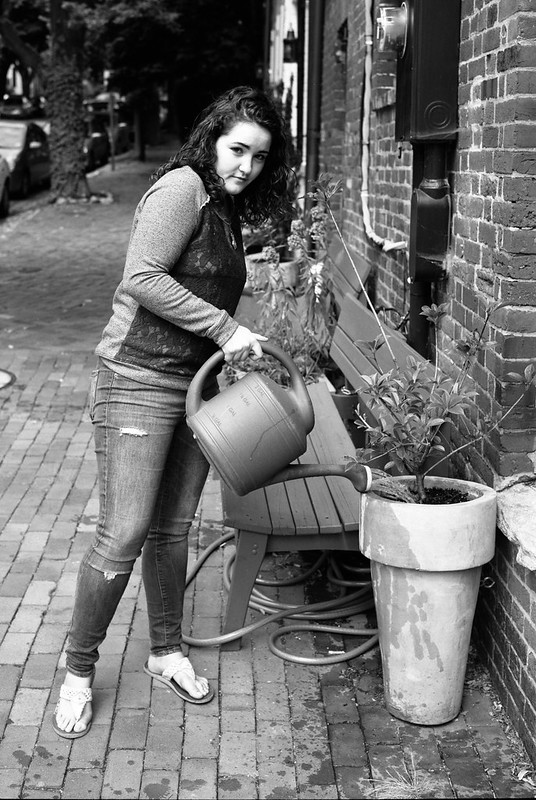
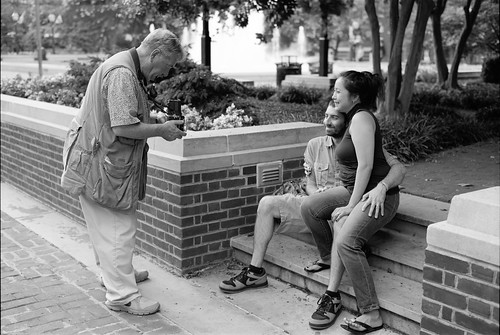

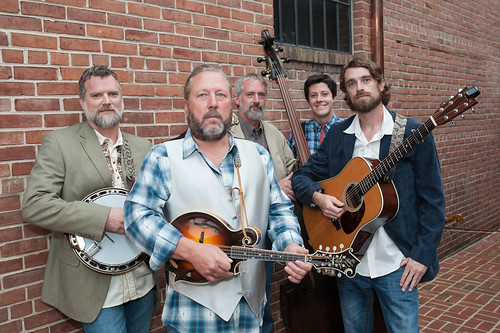
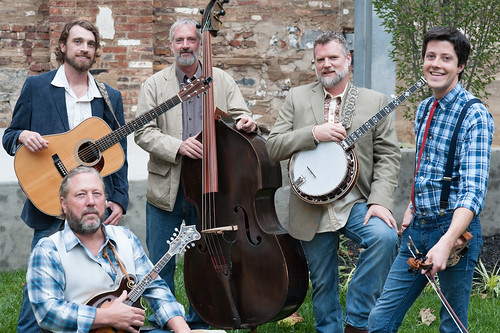
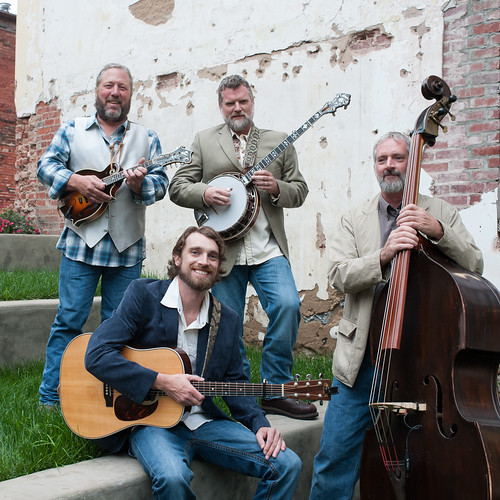
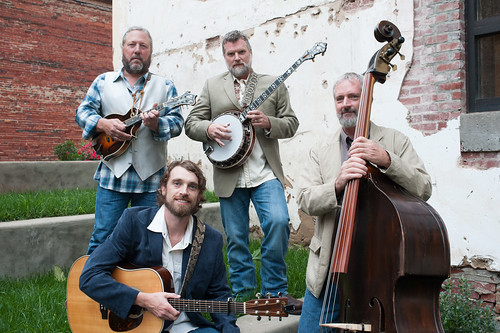

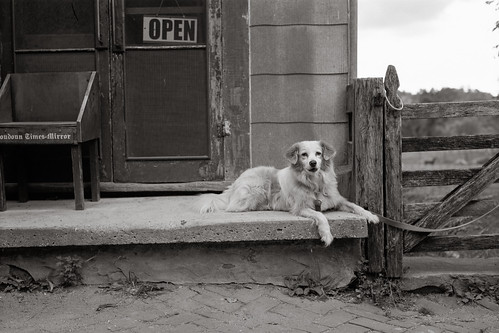

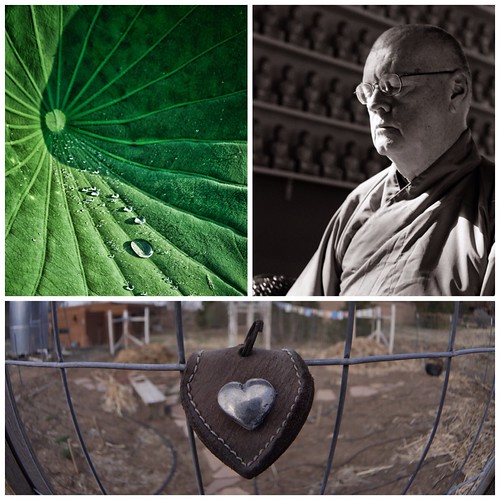
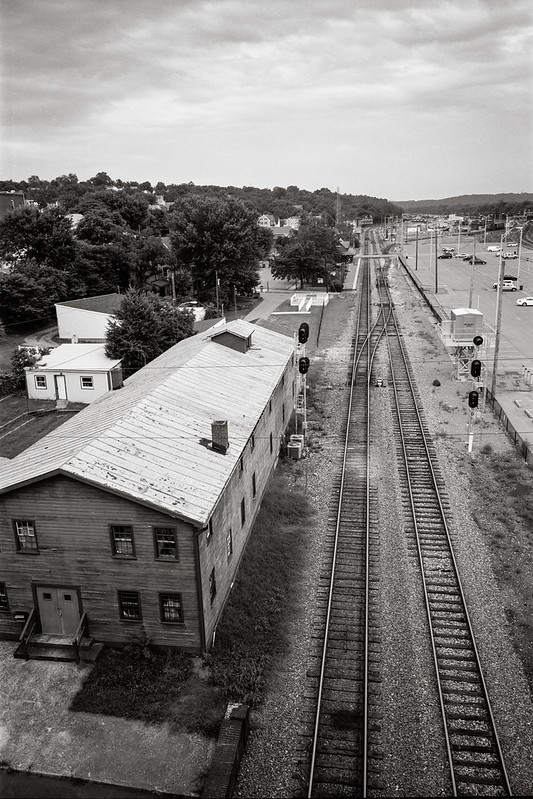

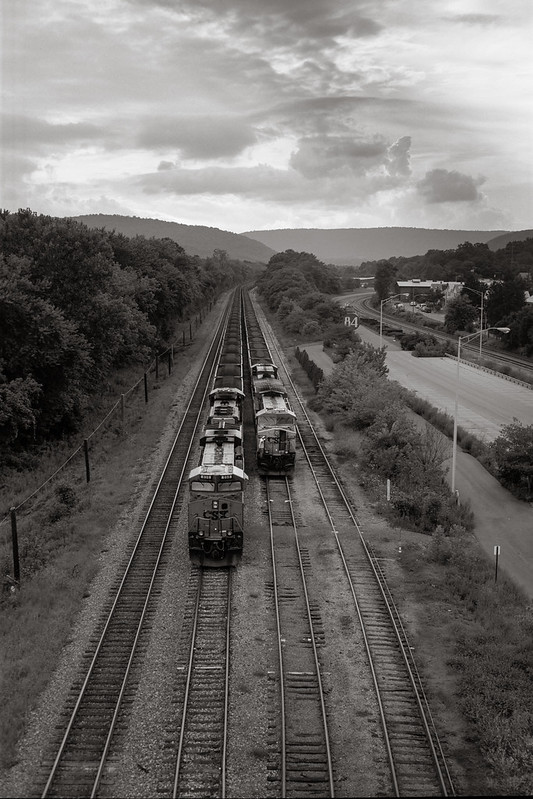
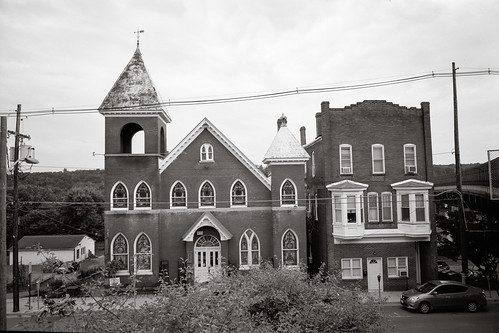
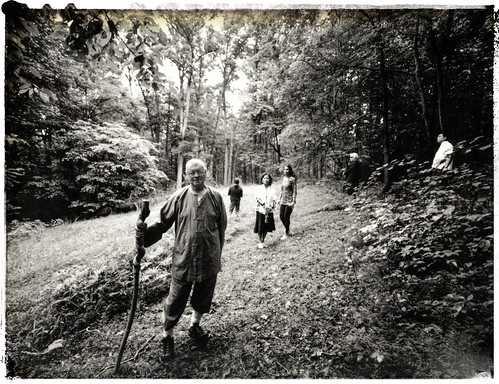

.jpg)
